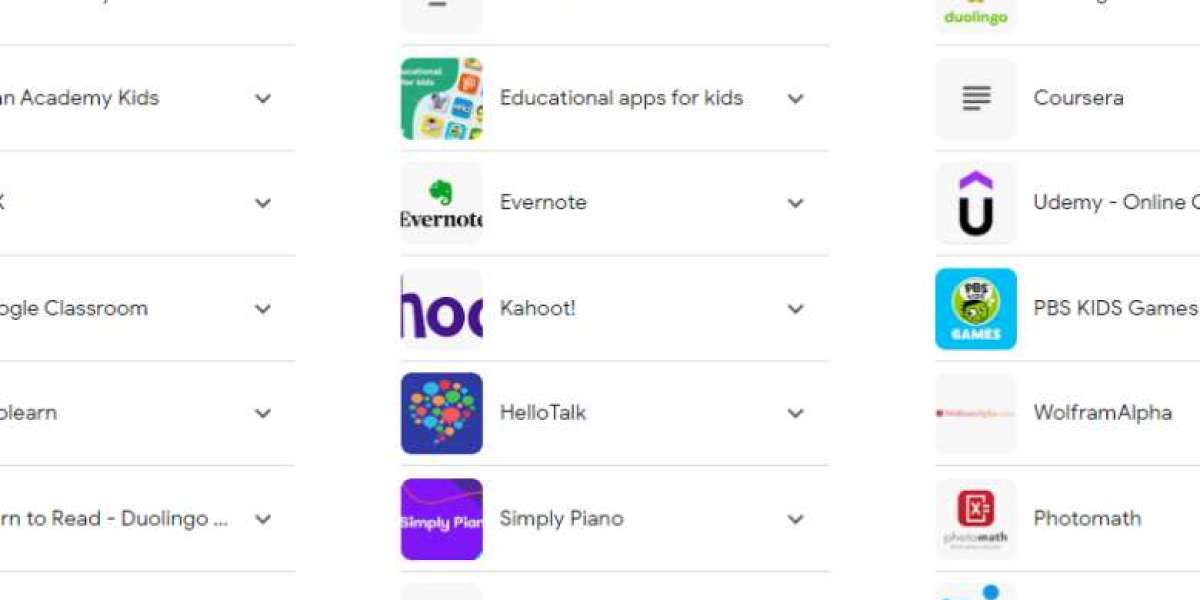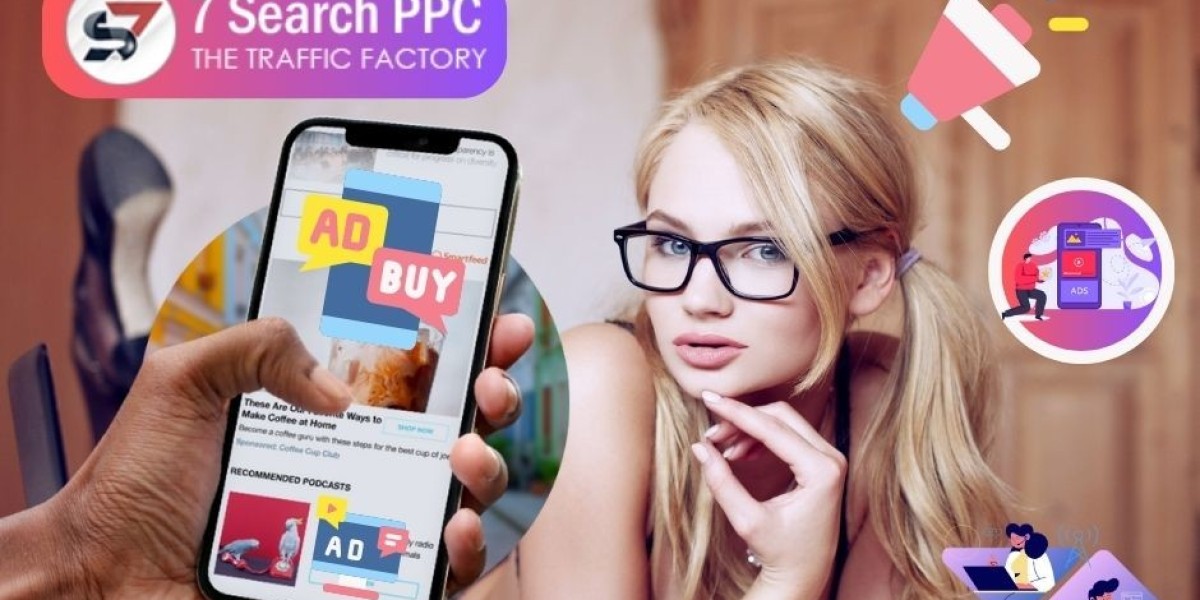Education has come a long way from the days of dusty textbooks and chalkboards. In today's digital age, the landscape of learning has been transformed by the emergence of educational apps. These innovative tools have revolutionized the way students engage with academic content, bringing learning to life on touchscreens and tablets. From interactive lessons to personalized study tools, educational apps represent a seismic shift in how knowledge is accessed, absorbed, and applied.
The Rise of Digital Learning
The transition from textbooks to touchscreens reflects a broader trend toward digitalization in education. As technology becomes increasingly integrated into daily life, it's only natural that it would find its way into the classroom. Educational apps represent the culmination of this trend, offering a wealth of educational resources at students' fingertips.
Interactive Experiences
One of the most significant advantages of educational apps is their ability to provide interactive learning experiences. Unlike traditional textbooks, which offer static information, educational apps engage students through dynamic content, such as videos, animations, and interactive quizzes. This interactivity not only captures students' attention but also enhances their understanding and retention of the material.
Personalized Learning
Educational apps also offer personalized learning experiences tailored to individual students' needs. Through adaptive algorithms and data analytics, these apps can track students' progress and adjust the difficulty level accordingly. Whether a student needs extra help in a particular subject or is ready to move on to more advanced material, educational apps can adapt to meet their needs, ensuring that every student receives the support they need to succeed.
Accessibility and Convenience
Another key benefit of educational apps is their accessibility and convenience. Unlike traditional textbooks, which can be bulky and expensive, educational apps can be accessed on any device with an internet connection. This means that students can study anytime, anywhere, whether they're at home, on the bus, or waiting for an appointment. This flexibility makes learning more accessible and convenient than ever before.
Bridging the Gap
Educational apps also have the potential to bridge the gap between different learning environments. For example, students in rural or underserved areas may not have access to the same resources as their counterparts in more affluent areas. Educational apps can help level the playing field by providing access to high-quality educational content regardless of geographic location or socioeconomic status.
Looking to the Future
As educational apps continue to evolve, the possibilities are endless. Emerging technologies such as augmented reality and artificial intelligence promise to take interactive learning to new heights, offering even more immersive and personalized experiences. However, it's essential to ensure that these technologies are used responsibly and ethically, with a focus on promoting equity and inclusivity in education.
In conclusion, the evolution of educational apps represents a significant milestone in the history of education. From textbooks to touchscreens, these innovative tools have transformed the way students learn, making education more interactive, accessible, and personalized than ever before. As we look to the future, the potential of educational apps to revolutionize education and empower learners of all ages is truly limitless.







